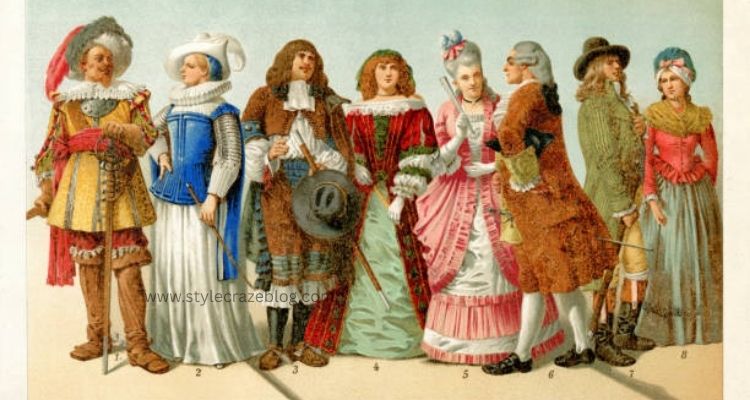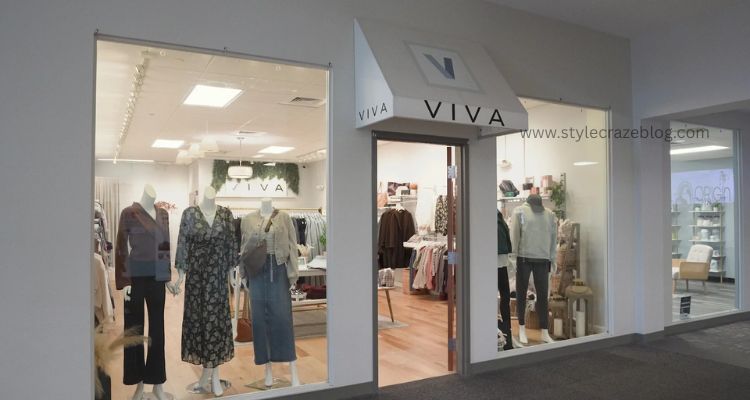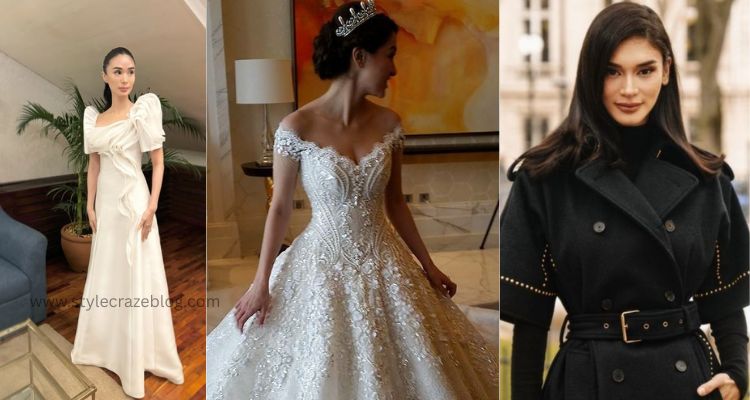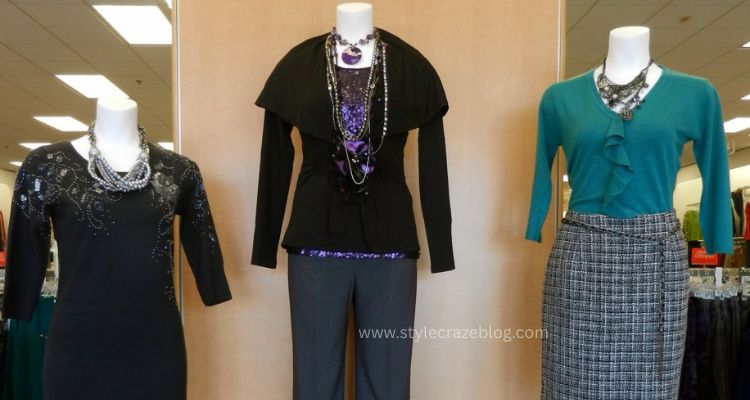When we think of 17th century fashion, we picture lace collars, puffed sleeves, and grand gowns. This was an era of drama and transformation. Clothing reflected wealth, social order, and political power. I remember walking through a gallery in Paris where portraits from the 1600s lined the walls. Each outfit looked more like armor of status than just fabric.
What Was the Fashion Style in the 17th Century?
During the 1600s, fashion embraced structure and drama. Men wore doublets, breeches, tall boots, and lace collars. Hairstyles grew longer and styled with curls. Accessories, like swords and hats with feathers, reinforced elegance and authority.
Women’s clothing had stiff bodices, wide skirts, and rich fabrics like silk and velvet. Lace ruffs at the neck softened the formality. Later in the century, the silhouette became looser, with flowing gowns replacing rigid corseted styles.
When I once tried on a reproduction lace collar at a history fair, I felt both stylish and uncomfortable—it framed the face beautifully, but it stiffened every move. That balance of beauty and inconvenience defined much of 17th century fashion.
What Is the 1700s Style Called?
When asking what the 1700s style was called, we enter the Baroque and Rococo worlds. But the foundations came from 17th century fashion. The Baroque period (late 1600s to early 1700s) embraced bold fabrics, gilded embroidery, and sculpted shapes.
The Rococo style followed in the mid-1700s. It softened those lines with pastel colors, floral patterns, and lighter materials. Every time I visit costume exhibitions, it amazes me how quickly the heavy wool and velvet of the 1600s transitioned into the lighter silks of the 1700s.
What Is 18th Century Fashion?
18th century fashion reflected playfulness and sophistication. Men shifted from armored styles into knee-length coats, stockings, and wigs. Women wore panniers—structures that widened skirts at the hips while keeping the front flat.
Although different, we can see the link to 17th century clothing. Both centuries cared deeply about display and social messaging. In the 1700s, emphasis moved to leisure and courtly beauty. In contrast, the 1600s leaned more into status and control.
When I look at portraits of Louis XIV, the Sun King, his rich outfits almost speak louder than his words. That shows the continued link between clothing and power.
What Defined 1600s Fashion?
What truly defined the 1600s was contrast. Early in the century, stiff collars and rigid bodices dominated. Later, fashion softened with flowing gowns and natural curls. Political shifts defined style changes too. Puritans favored modest, simple clothing, rejecting lace and silk. Royalists, however, embraced excess and embellishment.
Men also experimented with accessories. Gloves, ribbons, and detailed waist sashes became part of 17th century fashion men’s clothing. Women layered pearls, lace cuffs, and embroidered shoes. Even class differences showed through fabric—linen and wool for peasants, silk and brocade for nobility.
Once, I compared a farmer’s wool tunic display in a museum to a noblewoman’s embroidered gown nearby. The difference in texture told a visual story of society itself.
Why 17th Century Fashion Still Inspires Us
So why does 17th century fashion still fascinate us? Because it showed clothing as communication. Every lace, embroidery, and structured silhouette spoke of wealth, culture, or identity. Modern designers often borrow elements from the 1600s—think puff sleeves, lace details, or high collars.
When I wore a 17th century-inspired blouse with puff sleeves at a themed event, everyone commented on how unique it looked. It reminded me that old styles never fully disappear. They just return in new forms.
Final Thoughts
17th century fashion mixed elegance with symbolism. Men proudly wore lace collars and tailored doublets, while women combined stiff bodices with rich gowns. The era changed dramatically from rigid beginnings to softer endings.
Comparing it with the 1700s and 18th century fashion reminds us how quickly style evolves. Yet one thing remains: clothes always tell a story. For me, the 1600s tell a story of power, transformation, and human creativity stitched into fabric.




